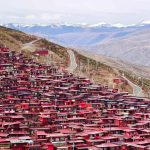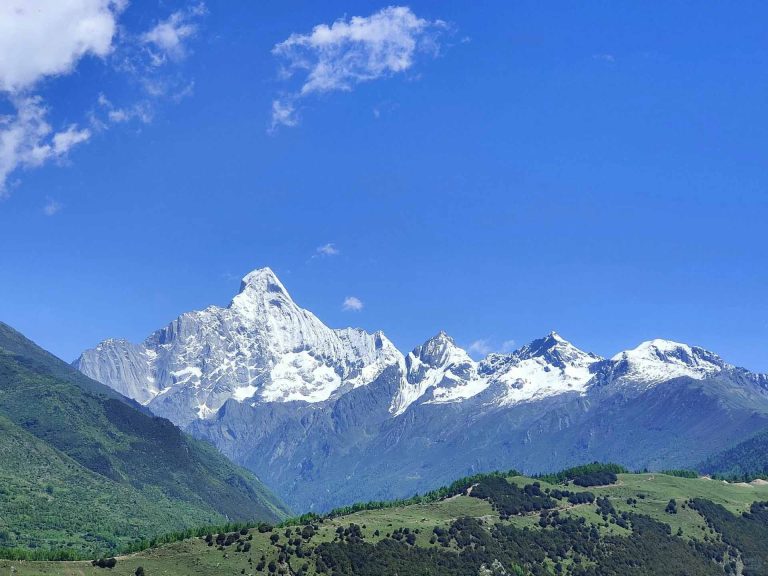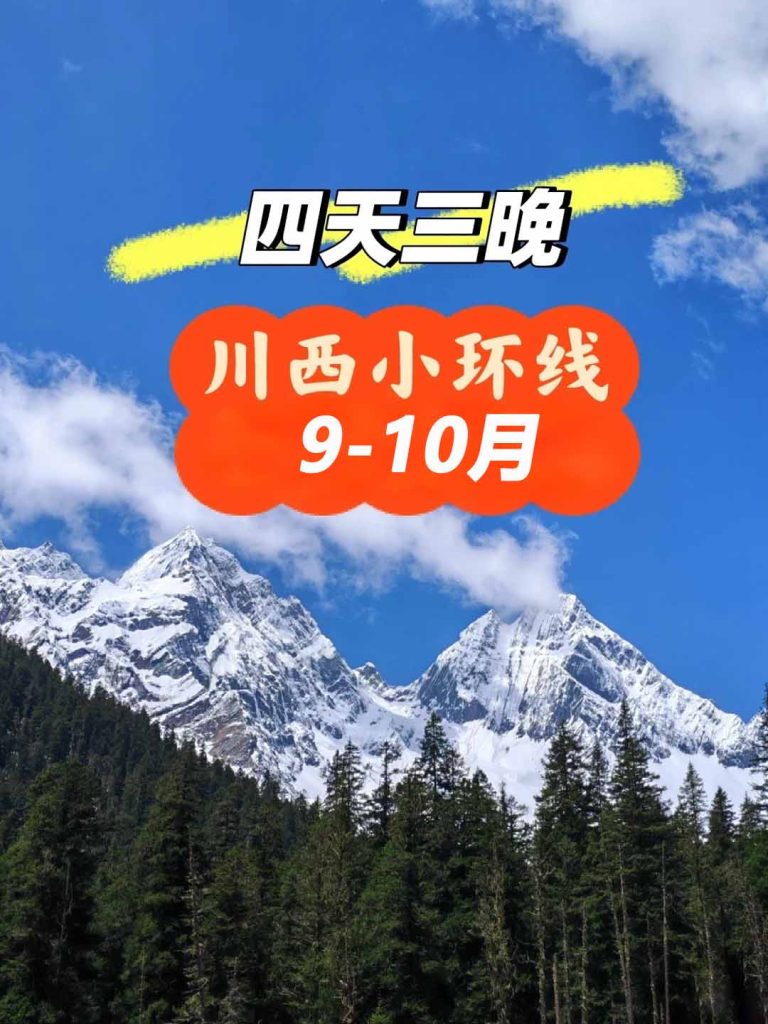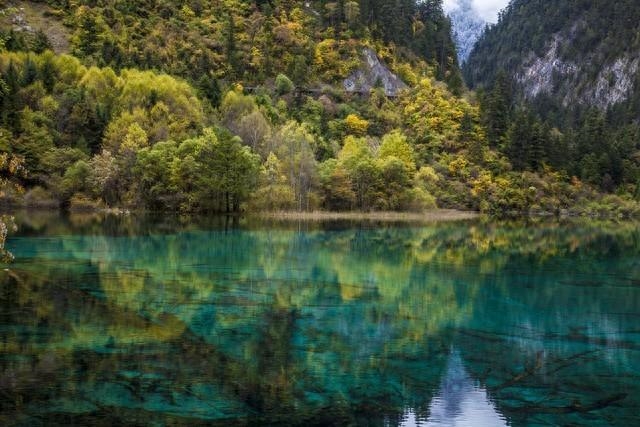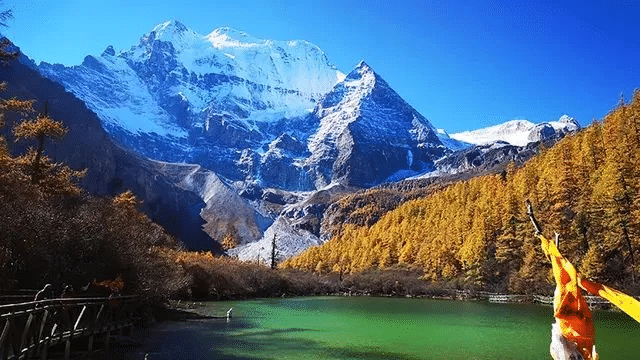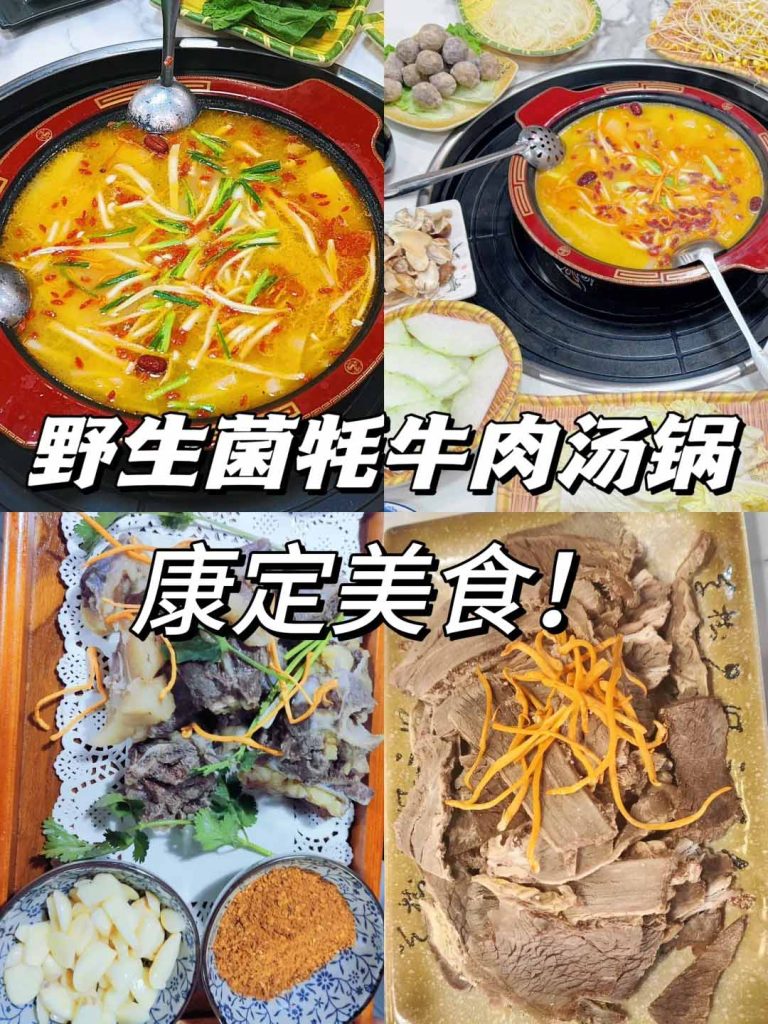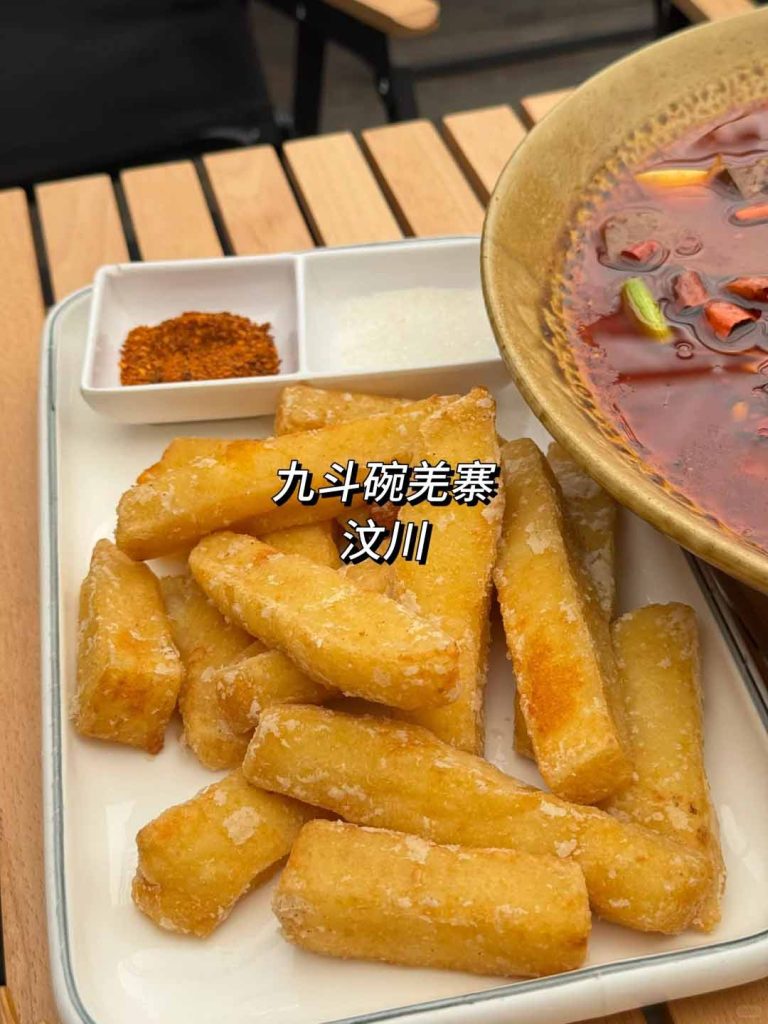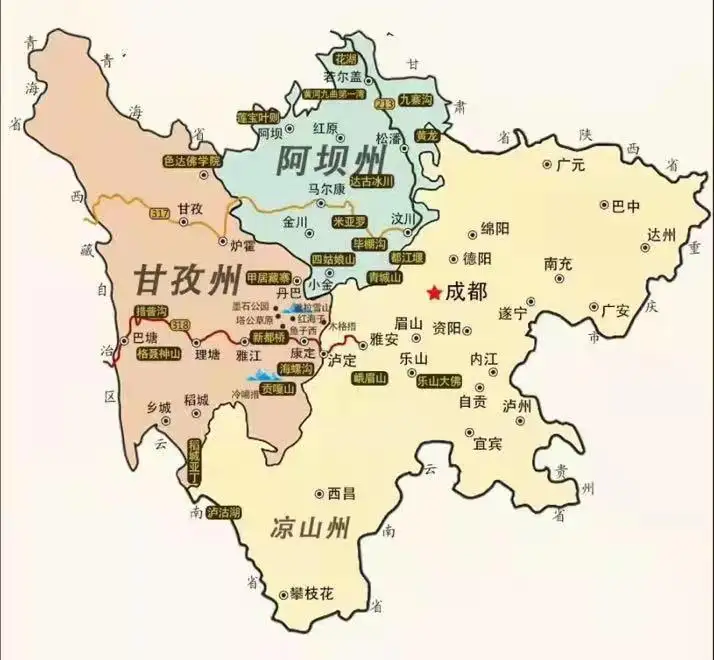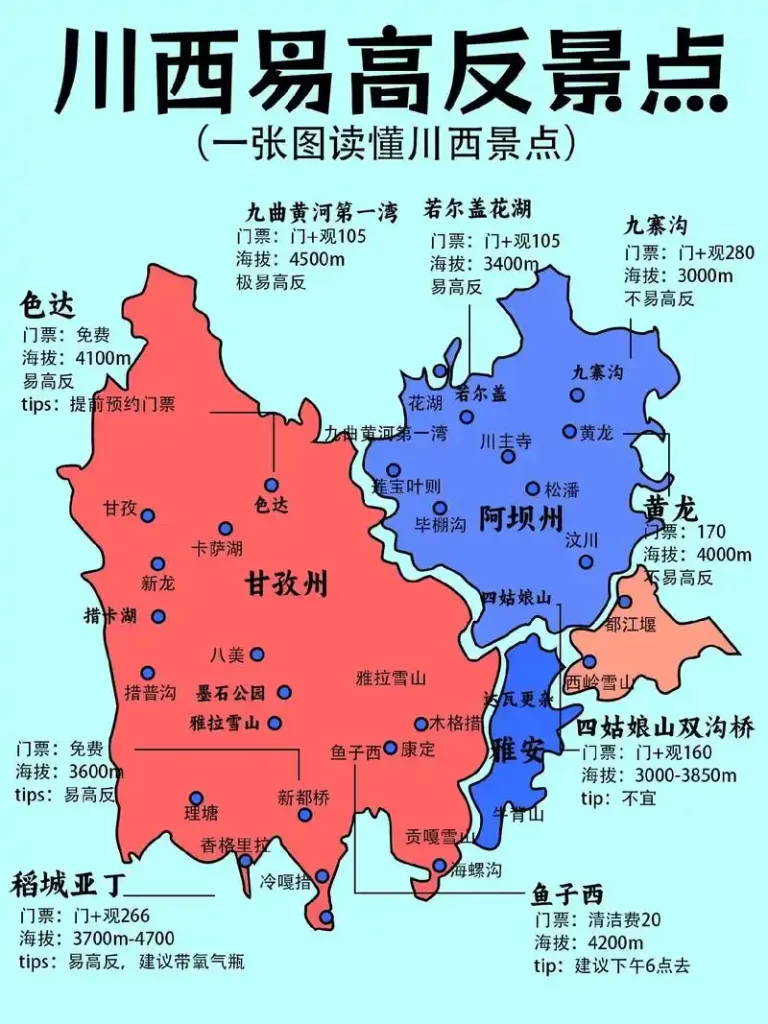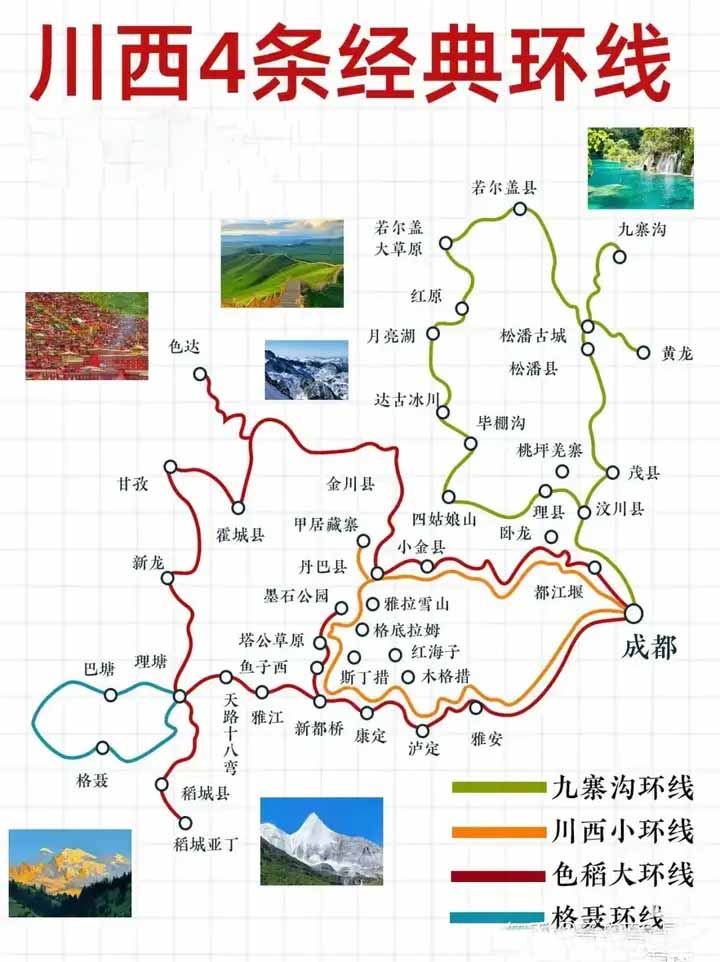川西,离天空最近的地方
Western Sichuan is a highland sanctuary blessed by snow-capped peaks. Here, towering mountains rise majestically—Mount Gongga stands like a sword, while Yangmai Yong stands serene. Snow-capped summits reflect in the crystal-clear sacred lakes, as if divine wonders descended to earth. Vast grasslands undulate with the wind, deep gorges wind through dense forests, and the changing seasons paint a magnificent panorama: Spring blankets the mountains with wildflowers, summer whispers with babbling streams, autumn paints forests in vibrant hues, and winter drapes the land in pristine white.
Beyond being a natural sanctuary, it is also a cultural haven—where smoke curls from the kitchens of Danba’s Tibetan villages, the red roofs of Serta’s Buddhist kingdom stretch endlessly, and the golden roof of Tagong Monastery shines with the light of faith. This is the place closest to the sky, and the distant land where the soul finds peace.
Whether you seek the ultimate trek through Daocheng Yading, lose yourself in the shifting light and shadow of Xinduqiao, or explore hidden villages, Western Sichuan consistently awakens your deepest reverence and love for its mountains and rivers through its pristine beauty and majestic grandeur.
- Exploring Cuopu Valley: Wandering Zhangde Grasslands
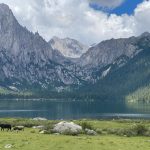
- The Land of a Thousand Watchtowers: Danba Tibetan Village
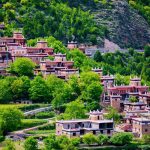
- Bipeng Valley: Sichuan’s Hidden “Little Switzerland”
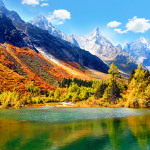
- Mount Gongga: The King of Shu Mountains, a lifetime must-see.
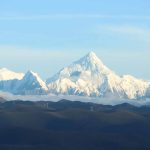
- Ruoergai Grassland: every breath by Flower Lake feels like poetry.
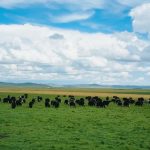
- Siguniang Mountain: Explore the Snow Mountain Secret Realm
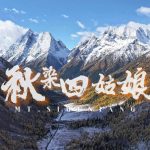
- Daocheng Yading: The Last Pure Land on the Blue Planet

- Moshi Park: China’s only plateau stone forest
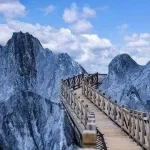
- Seda: A place where there is a lack of oxygen but no lack of faith
